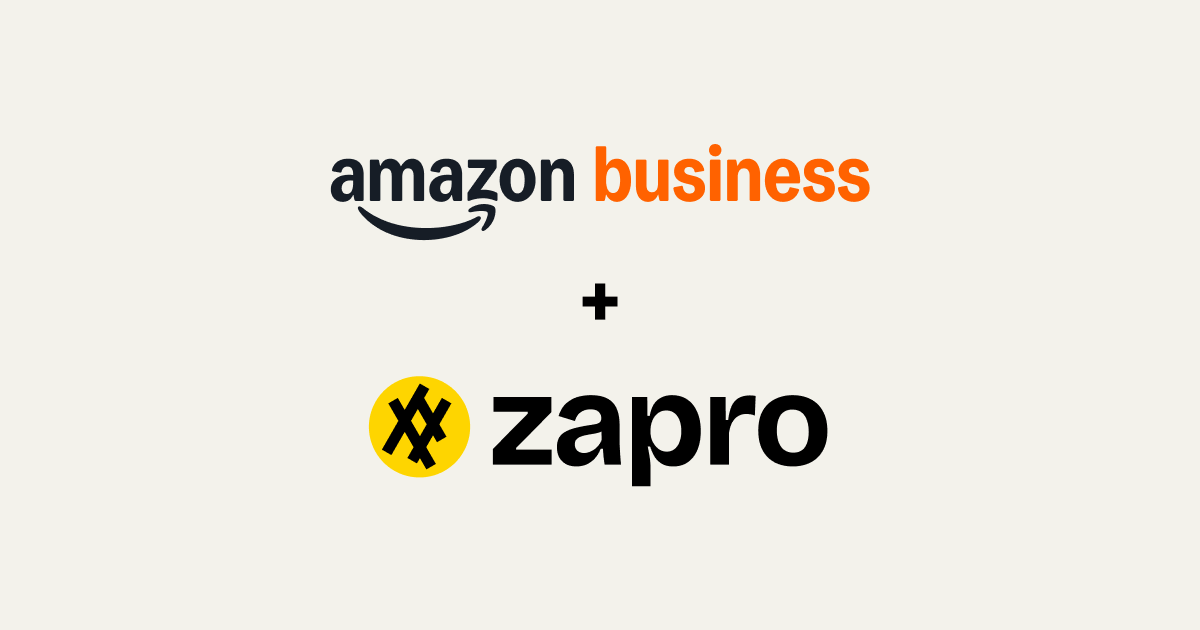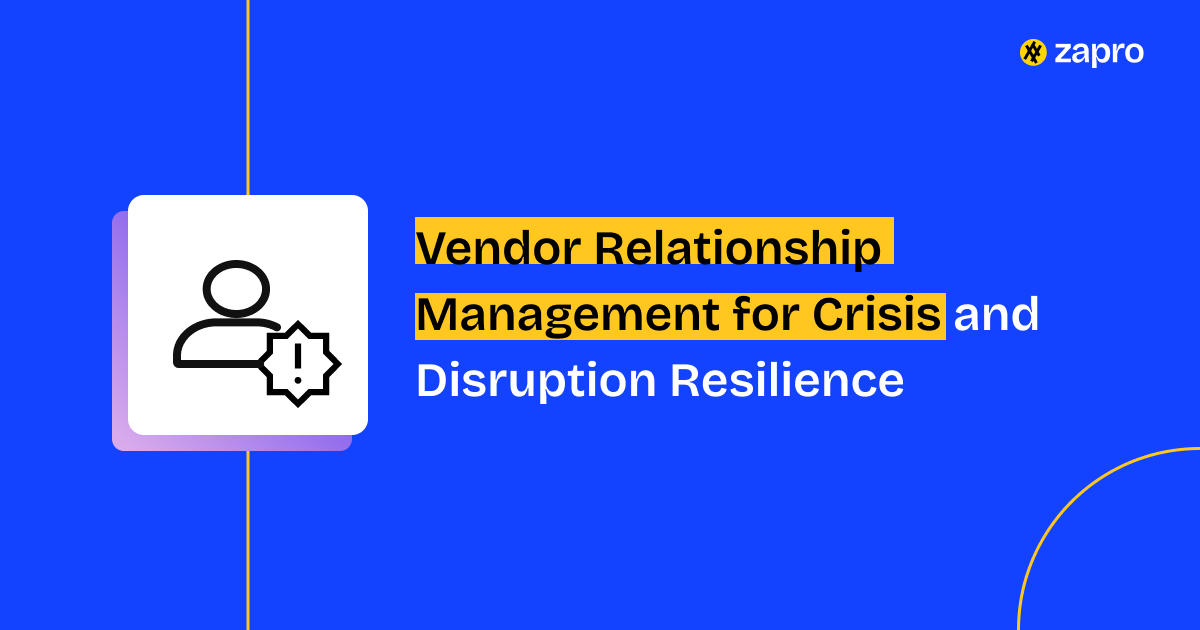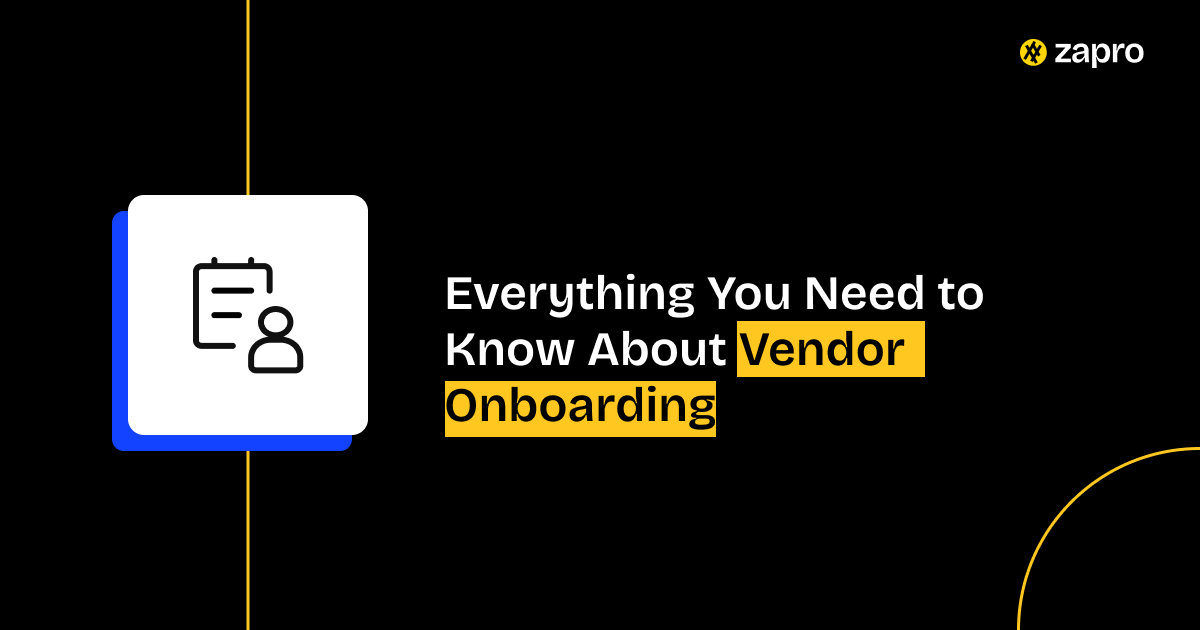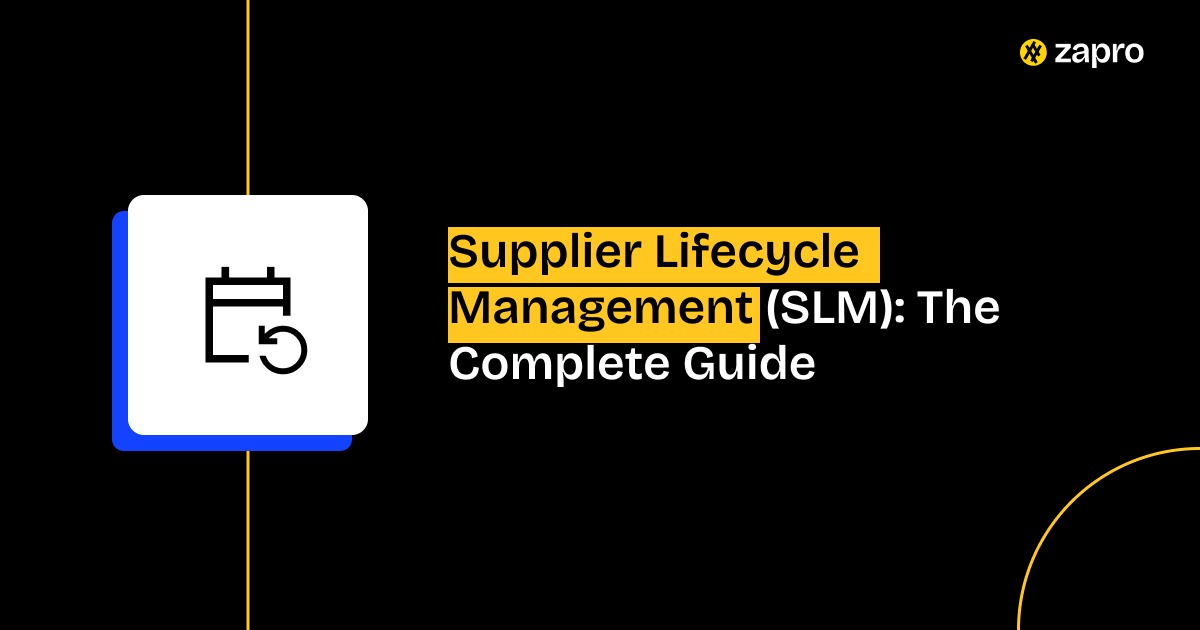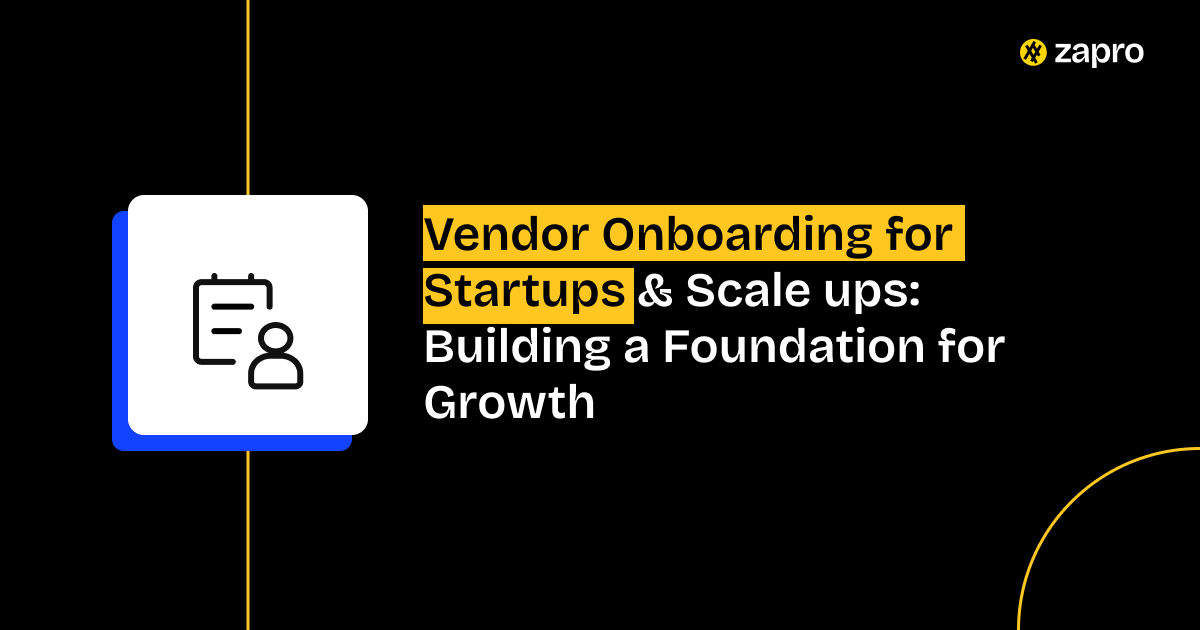The world today is more volatile. From a localized natural disaster to a global health crisis, the ripples are felt in business disruptions. For any organization, relying solely on a stack of rigid contracts is an incredible mistake. When disaster strikes, your real strength lies in your vendor crisis management ability, which is directly tied to the health of your supplier relationships.
You need partnerships robust enough to adhere through chaos and collaborative enough to execute contingency planning suppliers without any delay. This guide explores how to painstakingly build relationship continuity that ensures your supply chain doesn’t jeopardize your entire operation.
The Imperative of Resilient Vendor Relationships in a Volatile World
Lessons Learned from Recent Global Disruptions
Recent history is full of bizarre examples where simple supply chain breaks became massive corporate failures. Organizations that treated vendors as a mere commodity discovered their entire business model was suddenly at risk because their transactional relationships offered no loyalty or flexibility.
The most resilient companies, side by side, navigated the storms advantageously. They had already invested into relationship continuity, allowing them to secure limited resources and bypass overwhelmed logistics channels in a breeze.
Moving Beyond Reactive to Proactive Crisis Management
Waiting for a problem to appear before picking up the phone is negligence. Supplier disruption planning is now a crucial role for procurement. Effectively managing unforeseen crises needs a proper crisis management plan in place to respond in such situations.
Vendor crisis management must take off from a foundation of shared vulnerability and mutual accountability – a comprehensive approach to identifying, assessing, and mitigating risk. This transforms supplier relationships into trusted partners long before the crises appear.
Learn about vendor relationship management.

45% of organizations experienced third party-related business interruptions during the past two years, despite increased investments in third-party cybersecurity risk management.
Building a Foundation for Resilience: Pre Crisis Strategies
Supplier Mapping and Criticality Assessment
You must comprehend who matters most. Supplier disruption planning starts by creating a detailed map of your vendor management ecosystem. This involves more than just spend volume; you must assess the dangers posed by each supplier’s failure. Which vendors, if they suddenly stopped operating, would jeopardize your ability to deliver? Focus your outstanding resilience efforts on those critical few.
Diversification and Alternative Sourcing Strategies
While you build deep partnerships, you must steer clear of single sourcing hazards. Contingency planning suppliers require having viable backup options. Diversification should run hand in hand with strengthening your supplier relationships, not weaken them.
Joint Risk Assessments and Scenario Planning with Key Vendors
Resilience is a team sport. Work side by side with your most important partners to conduct incredible “what if” scenario planning. Discuss how a flood, a fire, or a new regulation would impact their operations and your supply. This proactive planning helps both sides comprehend potential breaking points.
Establishing Trust and Transparency Before a Crisis Hits
Trust is the currency of vendor crisis management. It’s rare to establish trust during a panic. Subsequently, your goal is to share information openly now. When vendors feel valued and understand your long term goals, they will adhere to your needs when supplies are constrained and competition is fierce.
Crisis Communication Protocols with Vendors
Rapid Information Sharing and Mutual Awareness
During the crisis, it is important to stay alert and possess full clarity. Your vendor communication strategy must ensure information flows without any delay. Let your platform provide centralized access where both you and your suppliers can access the same real-time incident reports and status updates effortlessly.
Clear Channels for Emergency Contact
Before a crisis, you must establish an outstanding line of communication. Identify and exchange contact details for the specific individuals responsible for emergency decision making. This eliminates the bizarre delay of trying to find the right person into the correct role during high stress moments.
Empathy and Understanding in Difficult Times
Your behavior during a crisis defines your relationship continuity. Be empathic to your partners during troubled times. Apparently, they are facing the same disruptions you are. Understanding their constraints and offering flexibility advantageously secures their loyalty and effort.
Don’t Wait for the Next Crisis to Hit Your Supply Chain

Collaborative Crisis Response and Recovery
Joint Problem Solving and Resource Allocation
When a supply line breaks, the solution is not in a contract clause; it’s in collaboration. Work hand in hand with your vendors to solve problems. This might involve re routing logistics, substituting materials, or sharing critical labor resources. Supplier disruption planning helps both teams to take action on the many facets of the problem together.
Flexible Contractual Agreements and Force Majeure Clauses
While drafting the contracts, make sure that the risk is shared between both the parties. One-sided contracts affect rapid growth, recovery, and lack of motivation on the losses suffered side. Discuss and pre-agree on flexible terms for circumstances like “Force Majeure” to ensure both parties can adjust without any delay in a breeze.
Leveraging Vendor Expertise for Innovative Solutions
Suppliers possess good knowledge in their domain. They have incredible insight into alternative solutions or materials that your internal team might miss. Encourage and reward their suggestions for innovative workarounds. This is a key role in achieving supply chain resilience with vendors.
Post Crisis Review and Lessons Learned with Partners
Once the immediate dangers pass, conduct a painstakingly detailed review. Analyze what worked, what failed, and where inadequacies were revealed. Include your key vendors in this process; their perspective is crucial. This collaborative follow up strengthens relationship continuity and informs future contingency planning suppliers.
Technology’s Role in Enhancing Resilience
Real-time Supply Chain Visibility Tools
Tools that provide a single pane of glass view into your entire network are crucial. They allow you to track shipments, monitor inventory levels, and assess the impact of a disruption without any delay, making vendor crisis management proactive.
Centralized Communication and Document Sharing Platforms
A platform like Zapro ensures all critical information, from risk assessments to emergency contact lists, is accessible effortlessly. This eliminates the communication breakdown because it is on the same page with the same details equally.
Risk Monitoring and Early Warning Systems
Technology should monitor external hazards, such as weather events or geopolitical shifts, and flag potential dangers without any delay. This gives you the advantageous position to initiate supplier disruption planning before the event overall impacts your operations.
Case Studies: Successful Vendor Partnerships in Crisis
Examples from Manufacturing, Healthcare, and Tech
Across many facets of global business, companies that prioritized relationship continuity have secured outstanding results. In manufacturing, partners shared production lines to compensate for a plant shutdown. In healthcare, vendors bypassed standard procurement to secure rare lifesaving supplies in a breeze. These successes demonstrate that trust and transparency are the crucial elements of supply chain resilience with vendors.
Conclusion: Strong Relationships, Stronger Resilience
Building supply chain resilience with vendors is not a technical challenge; it’s a relationship challenge. By approaching vendor crisis management proactively, setting outstanding communication protocols, and empowering partners to solve problems hand in hand, you transform potential failures into opportunities for rapid growth and mutual trust. A robust relationship continuity plan, supported by technology that provides a single pane of glass view, is the only effective way to ensure your business can adhere to the next incredible disruption.

Crisis-Proof Your Supply Chain in Minutes, Not Months
Get started with Zapro and build crisis-resilient vendor partnerships today.
FAQ
1. How do you assess which vendors are most critical during a supply chain crisis?
Use a vendor criticality matrix to evaluate four key factors: revenue impact (does losing them stop sales?), substitutability (how fast can you find alternatives?), customer impact (do they affect end-user experience?), and compliance requirements (are they needed for regulations?). Classify vendors into three tiers—Tier 1 (business-critical), Tier 2 (important but replaceable), and Tier 3 (easily substitutable)—and focus crisis resources on Tier 1 relationships first.
2. What early warning signs indicate a vendor may fail during disruptions?
Watch for delayed payments to their suppliers, quality inconsistencies, longer lead times, high employee turnover, missed delivery deadlines, reluctance to share operational updates, or financial stress signals like credit rating downgrades. Also monitor external factors: if they’re single-sourced in high-risk regions, overly dependent on one customer (especially if that customer is struggling), or operating in industries facing headwinds. Set up automated alerts for these indicators.
3. How can small businesses with limited budgets build vendor resilience?
Start with relationship-building rather than expensive technology. Maintain regular communication with top 5-10 critical vendors through monthly check-ins. Negotiate flexible payment terms that benefit both parties during downturns. Join industry consortiums or buying groups to access backup suppliers. Create simple contingency plans identifying 1-2 alternative sources for each critical category. Use free tools like Google Sheets for basic vendor scorecards tracking delivery performance and risk factors. Build strategic partnerships with 2-3 key vendors who’ll prioritize you during shortages.
4. What should be included in vendor crisis communication protocols?
Establish three communication layers: (1) Emergency contacts with 24/7 availability for Tier 1 vendors, including multiple backup contacts; (2) Standardized escalation procedures defining when and how to alert leadership (e.g., >24-hour delays, quality failures, force majeure events); (3) Regular crisis briefings—during disruptions, schedule weekly or daily check-ins with critical vendors to share updates, constraints, and forecasts. Document everything in a shared crisis log. Include pre-approved messaging templates for common scenarios to ensure fast, consistent responses.
5. How do you maintain vendor relationships during budget cuts or reduced order volumes?
Be transparent early—inform vendors immediately when volumes will decrease and provide realistic forecasts. Offer non-financial value: faster payments, longer-term commitments, referrals to other buyers, or collaborative innovation projects. Consolidate spend with fewer strategic vendors rather than spreading cuts across everyone. Negotiate temporary pricing adjustments tied to volume recovery milestones. Maintain regular communication even when not ordering. Help them find alternative customers if possible. Vendors who feel respected during downturns become loyal partners during recovery and prioritize your orders when capacity tightens.
Don’t miss our weekly updates
We’ll email you 1-3 times per week—and never share your information.
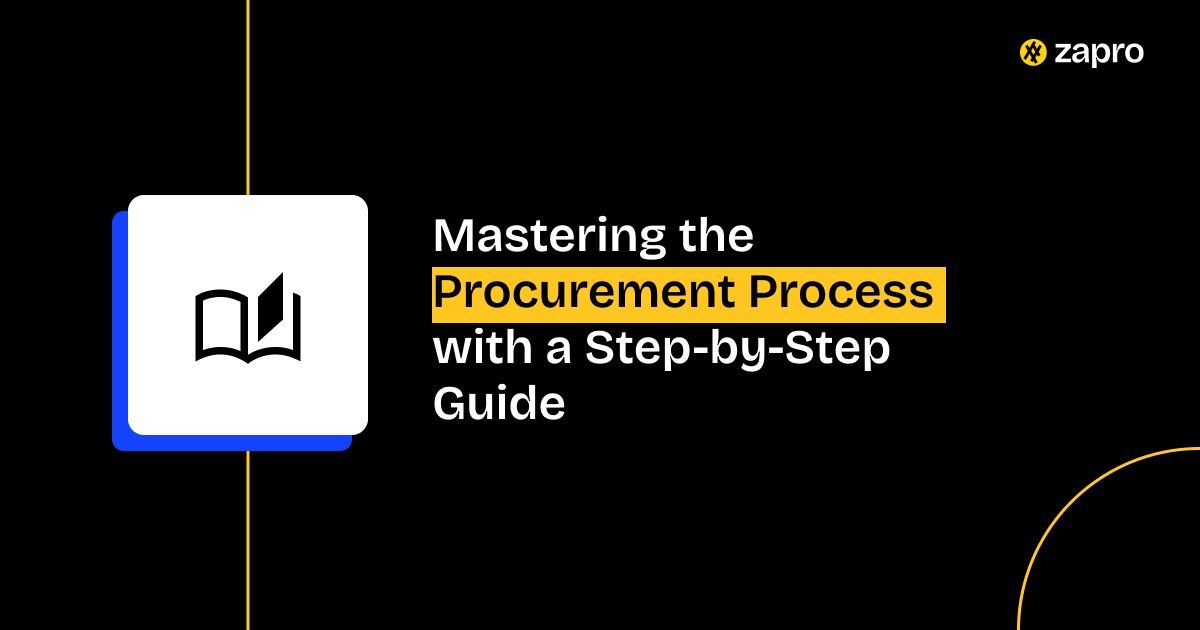
 Healthcare
Healthcare Financial Services
Financial Services Technology
Technology Venture Capitalist
Venture Capitalist Chief Procurement Officer
Chief Procurement Officer Chief Financial Officer
Chief Financial Officer